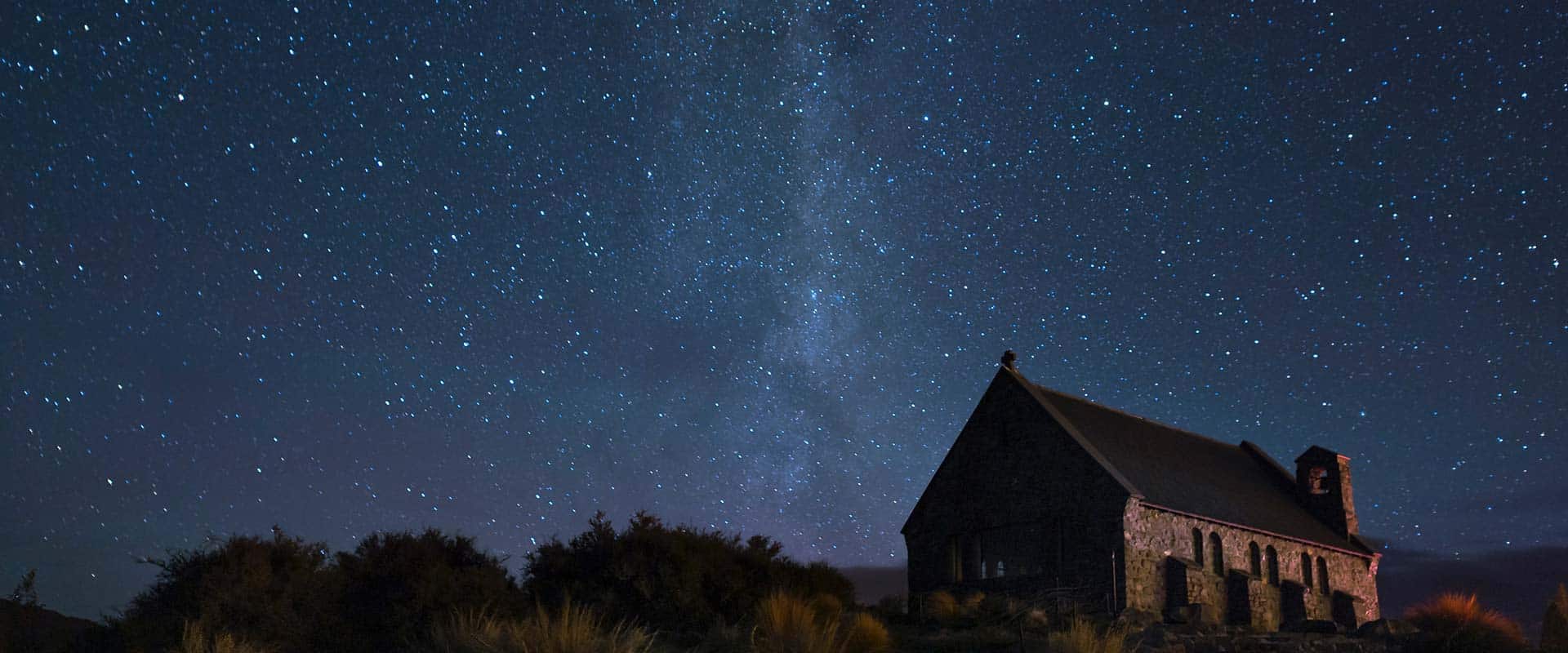How do volcanologists forecast eruptions?
During a volcanic crisis, agencies and the public want to know when and how an eruption might unfold. Eruption forecasts provided by volcanologists can inform decisions around evacuation timings and routes, state-of-emergency powers, and access for rescue and recovery teams.
Forecasts may be required for a range of parameters, including eruption onset time, size, style, eruptive vent location, eruption duration, and the extent of hazards such as lava, ash, lahars, and debris flows. These eruption forecasts are usually required under time-restricted and high stress conditions.
Many forecasting options exist but all have requirements and limitations. In this presentation, Dr Mel Whitehead and colleagues from our Volcanoes team present the problem of eruption forecasting and discuss six types of forecasting methods. The team then present analysis of which of the six methods may be feasible at the twelve volcanoes currently monitored by GeoNet.
Webinar Speakers
Dr Mel Whitehead
Volcanic Risk Solutions, Massey University
Mel Whitehead is a Postdoctoral Fellow at Massey University. Her focus is on how to quantify and reduce the inherent uncertainties within geoscientific problems. Mel’s research includes probabilistic modelling of natural hazards, sensitivity analyses around model boundaries and parameter selection, and modelling expert interpretation of geological data within a Bayesian brain. Current work revolves around volcanism, multi-hazards, and expert cognitive bias. Mel has a PhD in geology from The University of Auckland, and Masters’ degrees in engineering and natural hazards from the University of Bristol. Prior to her current position, Mel was a Postdoctoral Fellow in the Geophysics Department at the University of Edinburgh.
